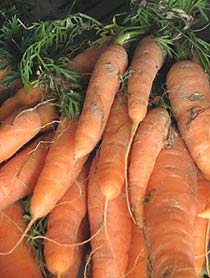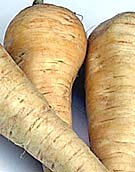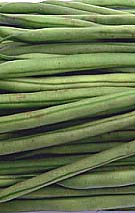Action to take in Winter to prevent garden pests
Expert Top Tips for controlling garden pests in Winter
 Winter
is a time to take action against garden pests. Some simple measures taken
while there is little else to do in the garden can reap many rewards.
Winter
is a time to take action against garden pests. Some simple measures taken
while there is little else to do in the garden can reap many rewards.
Here is a list of ways you can tackle garden pest control during the winter months:
1. Onion fly, beet leaf miner, slugs, cutworms, wireworms, bean seed fly and carrot fly will overwinter in the soil. Dig the soil in winter to expose some of them to the weather and birds.
2. Carrot fly larvae may spend the winter in roots left in the ground. Dig up all roots and burn infested ones.
3. Mealy aphid and cabbage root fly larvae may remain in brassica stems left in the ground. Dig them up and burn them, and cultivate the soil.
4. Cabbage whitefly are possible on overwintering brassicas. Burn severely infested plants after harvest.
PESTS IN THE COMPOST HEAP
5. Slugs, flea beetles, pea and bean weevils and wireworms are likely to be found near the compost heap, in patches of weeds, and among debris left lying around. Keep the ground clear of weeds and debris, and cultivate the soil.
6.Onion fly, celery fly, carrot fly and leaf miners may survive on infested leaves or the compost heap. Burn, don’t compost, infested plants.
7. Aphids that feed on crops can overwinter on hedgerows and ornamental plants. There’s nothing you can do except keep a lookout for them.
CABBAGE WHITE BUTTERFLY
8. Cabbage white butterfly pupae sometimes overwinter on walls or fences. Keep a lookout and destroy any that you find.
9. Apple/pear sucker eggs or adults, red spider mite eggs, tortrix moths, scale insects and aphid eggs can all be found on the bark of fruit trees. Codling moth caterpillars hide in loose bark. Dispose of winter prunings to help reduce numbers.
10. Apple blossom weevils hide in dead leaves. Clear dead leaves away.
CATERPILLARS
11. Leaf-eating caterpillars (winter moths) can survive in soil beneath the tree. Use grease bands to stop them climbing the tree. Pear midge larvae can also be a problem, but these are best controlled by collecting and destroying infested fruit.
12. Aphids and capsid bug eggs and scale insects may be on the bark or old branches of currant bushes. Winter pruning, providing you dispose of the cut stems, can help get rid of them.
13. Big bud mites live in black currant buds. Prune out and burn shoots with large buds.
14. Remove and destroy any strawberry plants affected by eelworm.

